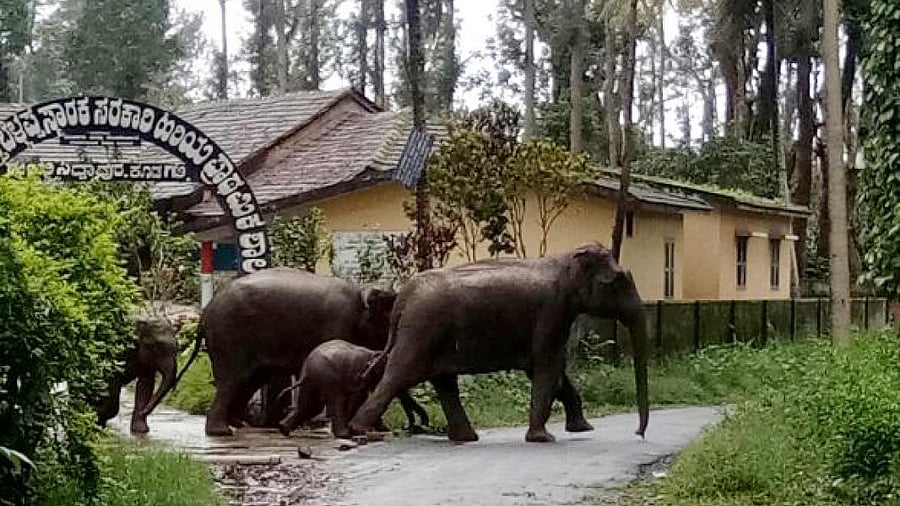
Credit: Special Arrangement
Bengaluru: As elephant conflict incidents continue to rise, the forest department has issued comprehensive guidelines to its staffers in 13 divisions to manage human-elephant conflict in different emergency situations.
Elephants account for about two thirds of all conflict with wildlife in Karnataka.
As per data from the department, the financial year of 2024-25 recorded a total of 35,580 incidents, of which 22,483 were attributed to elephants. Also, 50 elephants died in the last four years due to electrocution.
Apart from deaths of humans and animals, injuries leading to disability, crop loss and other property damage have kept the department on its toes. Of the Rs 22 crore ex gratia paid, elephants accounted for Rs 13.5 crore. Officials are yet to decide on about 15,000 cases where damages worth Rs 23 crore have been claimed.
The guidelines were issued amid queries by the high court over the prayer for checks and balances in exercising powers under Section 11 of the Wildlife (Protection) Act, which allows chief wildlife warden to order hunting of an animal if it has become dangerous to human life among other reasons.
While the department has been issuing office orders from time to time to deal with the conflict, officials came under fire in the high court when a public interest petition questioned the indiscriminate capture of elephants in Hassan district. “These interactions are often driven by habitat encroachment, fragmentation or loss, Scarcity of food and water in natural habitats and attraction to cultivated crops or human settlements are the other reasons,” the guidelines said.
They stress the safety of humans and elephants and the need to mitigate conflict situations, especially recurrence of incidents by enhancing preparedness.
Deployment of a rapid response team to control the situation, assessment of the situation for an intervention plan and mobilisation of resources are the first step in avoiding a major conflict.
Discussing the rescue and relocation of problematic elephants, the guidelines state that the death of a wild elephant, whether from natural causes, accidents or human actions, requires a systematic and prompt response.
An official working in the elephant conflict division described the guidelines as ambitious.
“Mobilisation of resources is a big challenge. Rushing elephant task forces from one division to another when 60% sanctioned staff positions are vacant is not a solution. The outsourced staff who earn a pittance are exposing themselves to danger. These basic matters need to be addressed,” he said.